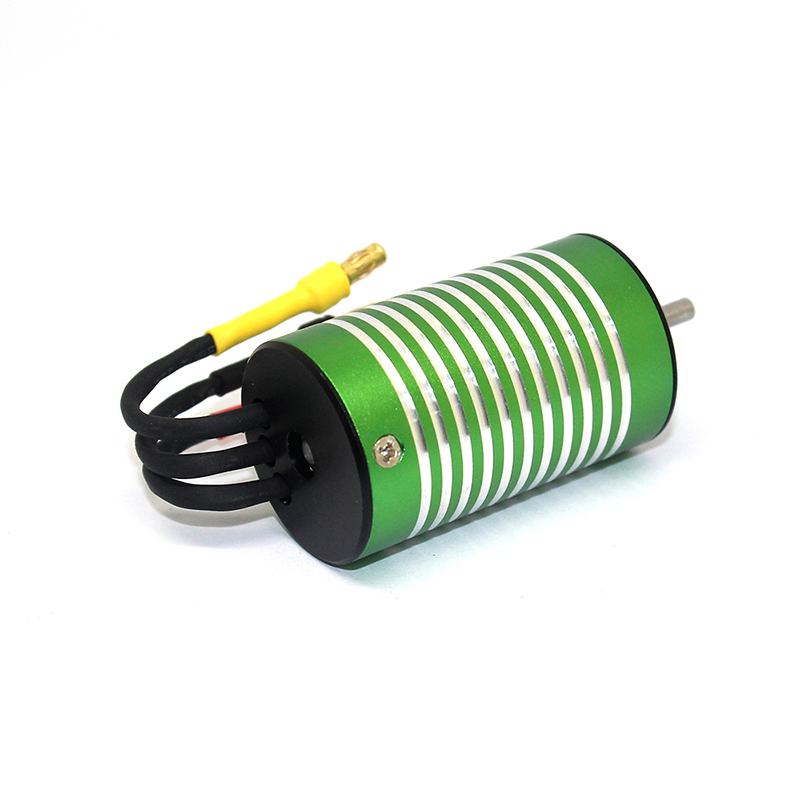5
Aug
Can Brushless DC Motor Be Used as Generator?
Yes, a brushless DC motor (BLDC motor) can function as a generator, leveraging the principle of electromagnetic induction—reverse operation of its motor mode. This reversibility stems from the shared core structure: a permanent magnet rotor and stator windings, which enables bidirectional energy conversion between electrical and mechanical forms.

Key Principles of BLDC Motor as Generator
In motor mode, the stator windings are energized to generate a rotating magnetic field, driving the permanent magnet rotor to rotate (electrical energy → mechanical energy). As a generator, external mechanical force (e.g., from turbines or engines) rotates the rotor, causing its magnetic field to cut the stator windings. This induces alternating current (AC) in the windings, which is then converted to direct current (DC) via an inverter or rectifier—completing the mechanical-to-electrical energy conversion.
Practical Implementation Requirements
Mechanical Input: The rotor must be rotated at sufficient speed by an external force to induce usable voltage (proportional to rotational speed).
Power Conversion Circuit: Since stator windings output AC, a rectifier (diodes or active switches) is needed to convert AC to DC for charging batteries or powering DC loads.
Control Adjustment: For stable output, a voltage regulator may be required to adjust for speed fluctuations, ensuring consistent DC voltage.
Application Scenarios
BLDC motors acting as generators are widely used in small-scale power generation systems, such as:
- Renewable energy devices (wind turbines, hydroelectric generators for microgrids).
- Regenerative braking systems in electric vehicles (recovering kinetic energy during deceleration).
- Portable power sources (hand-cranked generators, backup power for outdoor equipment).
Limitations and Considerations
While functional, BLDC generators have constraints:
- Output voltage/current depend heavily on rotational speed, requiring stricter speed control than dedicated generators.
- Efficiency is optimized for motor mode; in generator mode, it may be slightly lower due to design trade-offs.
- Additional circuitry (rectifiers, regulators) is mandatory for practical use, increasing system complexity.
In summary, a brushless DC motor can effectively operate as a generator with proper mechanical input and supporting circuits, making it a versatile choice for scenarios requiring bidirectional energy conversion.